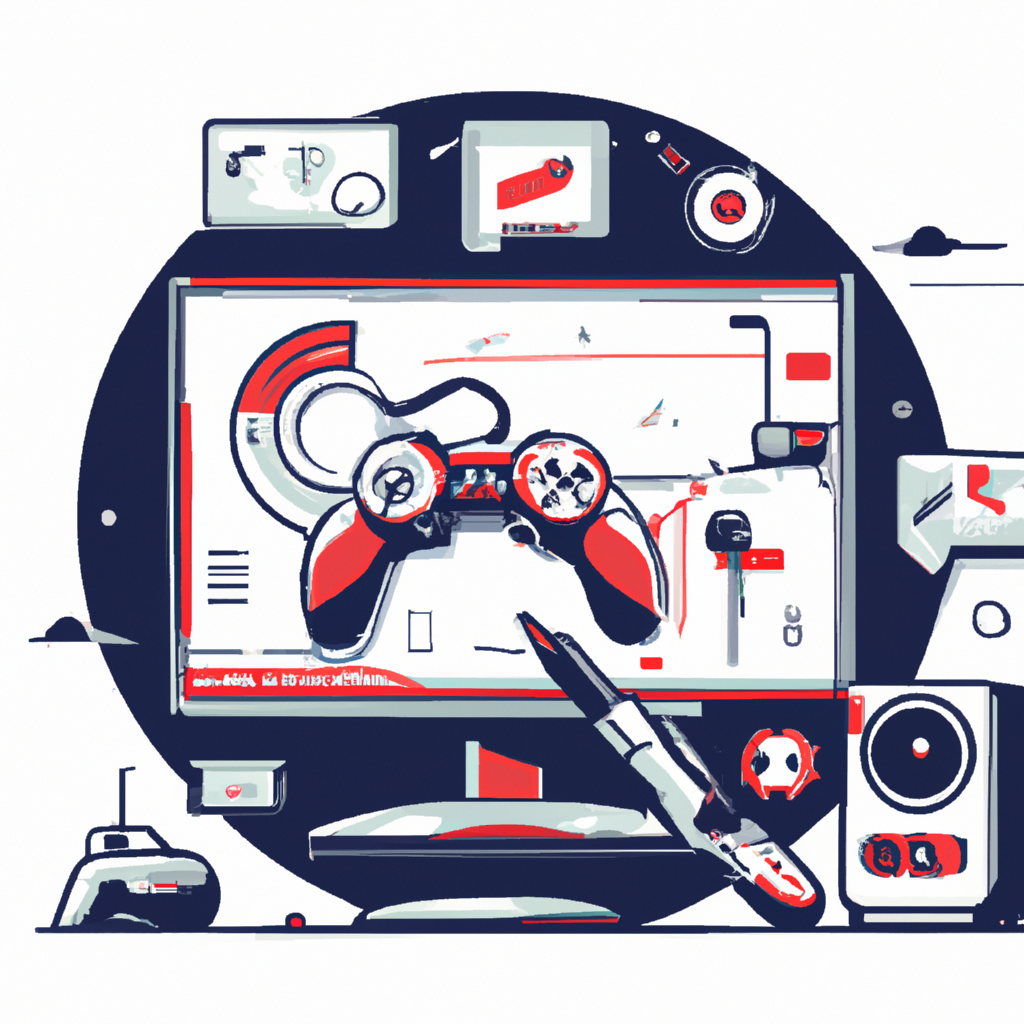
AI Performance Optimization in Game Development #
AI systems play a crucial role in modern game development, enhancing player experiences through intelligent behaviors and decision-making. However, implementing AI can come at a cost to performance, leading to issues such as decreased frame rates and increased processing times. To address these challenges, developers need to optimize their AI systems carefully. In this article, we’ll explore best practices for optimizing AI systems in games to achieve better performance.
Understanding AI Performance Bottlenecks #
Before diving into optimization techniques, it’s essential to identify the common performance bottlenecks that AI systems may encounter in games. Some of the key factors that can impact AI performance include:
- Computational Complexity: AI algorithms with high computational complexity can strain system resources, leading to performance degradation.
- Memory Usage: Excessive memory usage by AI components can slow down the system and impact overall performance.
- Pathfinding Algorithms: Pathfinding algorithms used by AI agents to navigate game environments can be resource-intensive if not optimized.
- Decision-Making Processes: AI decision-making logic, such as behavior trees or state machines, can introduce overhead if not efficiently implemented.
By understanding these bottlenecks, developers can focus on targeted optimizations to improve AI performance in games.
Data-Driven AI Optimization #
One effective approach to optimizing AI performance is through data-driven techniques. By leveraging data to inform AI behaviors and decisions, developers can create more efficient and responsive AI systems. For example, machine learning algorithms can be used to train AI models on player behavior data, enabling AI agents to adapt and improve their strategies over time. Data-driven optimization can lead to smarter AI behavior while minimizing computational overhead.
Efficient Pathfinding Algorithms #
Pathfinding is a critical component of many AI systems in games, allowing AI agents to navigate complex environments effectively. To optimize pathfinding algorithms for better performance, developers can implement techniques such as:
- Grid-based Pathfinding: Dividing the game world into a grid and using algorithms like A* for pathfinding can reduce computational complexity.
- Navigation Meshes: Pre-generating navigation meshes that define walkable areas can speed up pathfinding calculations for AI agents.
- Hierarchical Pathfinding: Using hierarchical pathfinding techniques to break down complex paths into simpler subgoals can improve efficiency.
By choosing the right pathfinding algorithm and optimizing it for the specific game environment, developers can enhance AI performance without compromising on navigation quality.
Multithreading and Parallel Processing #
Multithreading and parallel processing can significantly boost AI performance by distributing computational tasks across multiple CPU cores. By parallelizing AI calculations, developers can take advantage of modern hardware capabilities to achieve faster processing speeds. For example, AI tasks such as decision-making and pathfinding can be offloaded to separate threads to run concurrently with other game logic, reducing bottlenecks and improving overall performance.
# Example of multithreaded AI processing in Python
import threading
def ai_task():
# AI processing logic
pass
# Create multiple threads for AI tasks
thread1 = threading.Thread(target=ai_task)
thread2 = threading.Thread(target=ai_task)
# Start the threads
thread1.start()
thread2.start()
# Wait for the threads to finish
thread1.join()
thread2.join()
By implementing multithreading techniques, developers can optimize AI performance in games and deliver smoother gameplay experiences to players.
Hardware Acceleration and GPU Computing #
In addition to multithreading, developers can leverage hardware acceleration and GPU computing to further enhance AI performance. Graphics Processing Units (GPUs) are well-suited for parallel processing tasks, making them ideal for accelerating AI computations that require massive parallelism. By offloading AI calculations to the GPU, developers can achieve significant performance gains and improve the responsiveness of AI systems in games.
Conclusion and Future Outlook #
Optimizing AI performance in games is a complex yet essential task for developers looking to deliver engaging and immersive experiences to players. By understanding the performance bottlenecks, leveraging data-driven optimization techniques, implementing efficient pathfinding algorithms, embracing multithreading and parallel processing, and exploring hardware acceleration, developers can achieve significant improvements in AI performance without compromising on quality.
As technology continues to evolve, the future of AI performance optimization in games will likely involve advancements in machine learning, real-time decision-making algorithms, and integration with cloud computing services. By staying informed about the latest trends and best practices in AI optimization, developers can stay ahead of the curve and deliver cutting-edge AI experiences in their games.
In conclusion, optimizing AI performance is a continuous journey that requires a blend of technical expertise, creative problem-solving, and a deep understanding of player expectations. By following the best practices outlined in this article and staying attuned to emerging technologies, developers can create AI systems that not only perform well but also enhance the overall gameplay experience for players.
